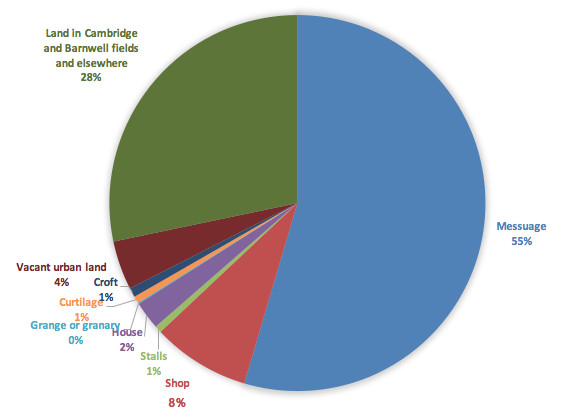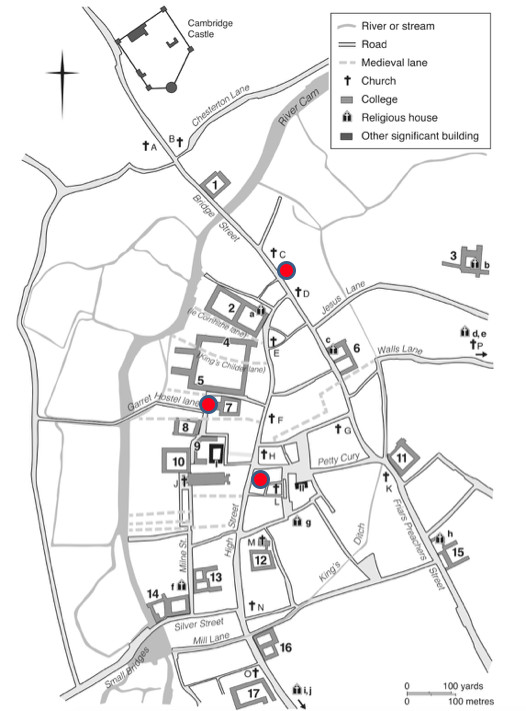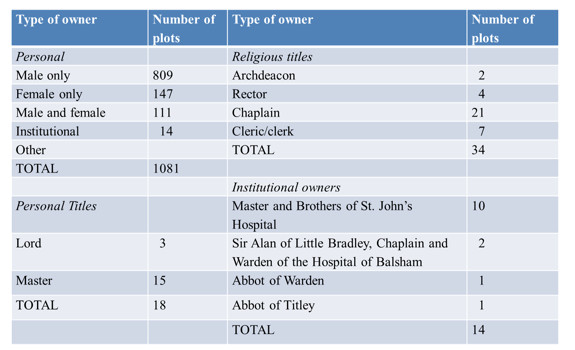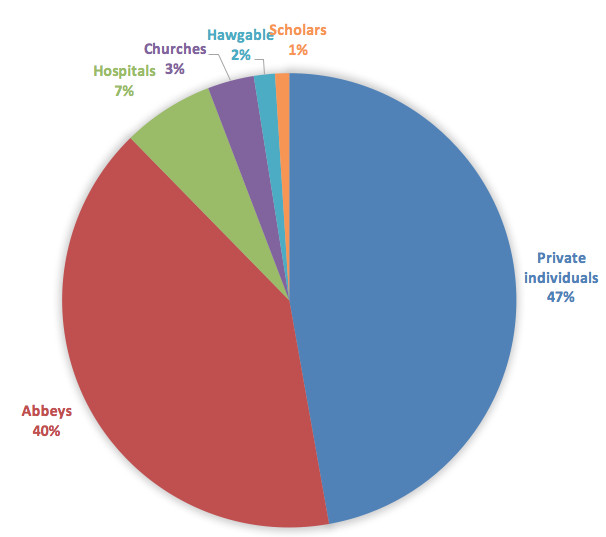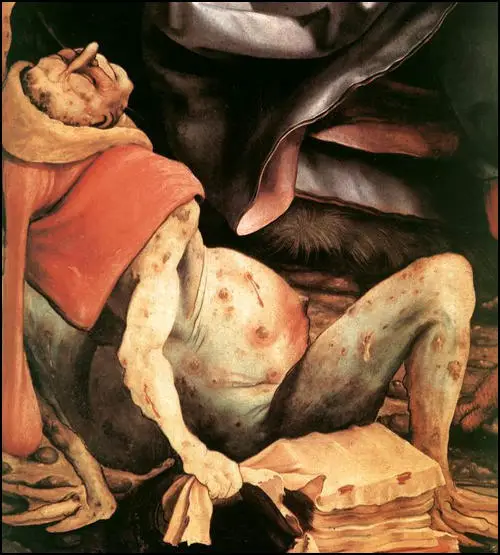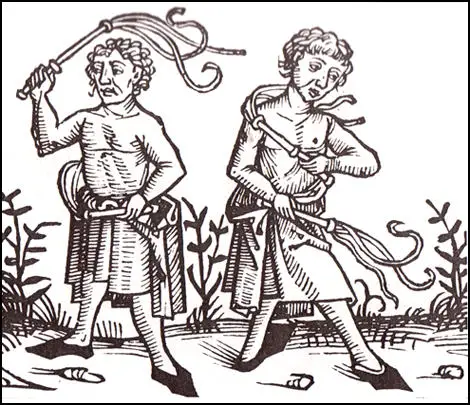https://plawiuk.blogspot.com/search?q=THE+BRENNER+DEBATE.
The Brenner Debate: Agrarian Class Structure and Economic Development in Pre-Industrial Europe. Edited by T.H. Aston and C.H.E. Philpin (Cambridge, London, New York: Cambridge University Press, ‘Past and Present Publications’, 1985, viii + 341 pp.) PDF
ROBERT BRENNER
This is the accepted version of Anievas, Alexander and Nisancioglu, Kerem (2013)
What’s at Stake in the Transition Debate? Rethinking the Origins of Capitalism and the ‘Rise of the West’ Millennium: Journal of International Studies Vol. 42 (1), 78-102. Published version available from Sage at: http://journals.sagepub.com/doi/10.1177/0305829813497823 Accepted version downloaded from SOAS Research Online: http://eprints.soas.ac.uk/20673/
The Transition Debate Today:
A Review of The Origin of Capitalism in England, 1400–1600
by Spencer Dimmock
Article (PDF Available) in Historical Materialism 26(2) · September 2018 with 543 Reads
DOI: 10.1163/1569206X-00001701 Cite this publication
Article (PDF Available) in Historical Materialism 26(2) · September 2018 with 543 Reads
DOI: 10.1163/1569206X-00001701 Cite this publication
Abstract
Spencer Dimmock has produced a convincing restatement, defence and update of Robert Brenner's influential work on the origin of capitalism in England. The book productively engages with many Marxist and non-Marxist critics of the so-called 'Brenner Thesis', and presents fresh secondary and primary evidence in favour of it. This review sketches the theoretical background of Brenner's intervention, summarises Dimmock's take on Brenner, and comments on a few notable contemporary critiques of Brenner's general framework which are not explicitly engaged with by Dimmock.
Journal of Agrarian Change, Vol. 1 No. 2, April 2001, pp. 169–241.
The Low Countries in the Transition to Capitalism
ROBERT P. BRENNER
In the most recent phase of the discussion on the historical conditions for
economic development, or the transition from feudalism to capitalism, the
town-dominated Low Countries have been neglected, because the focus has
been to such a large extent on agrarian conditions and agrarian transformations. This article seeks to make use of the cases of the medieval and early
modern Northern and Southern Netherlands, the most highly urbanized
and commercialized regions in Europe, to show that the rise of towns and the
expansion of exchange cannot in themselves bring about economic development, because they cannot bring about the requisite transformation of agrarian
social-property relations. In the non-maritime Southern Netherlands, a
peasant-based economy led to economic involution. In the maritime Northern
Netherlands, the transformation of peasants into market-dependent farmers
created the basis for economic development.
Keywords: Brenner debate, economic devel
Journal of Agrarian Change, Vol. 2 No. 1, January 2002, pp. 88–95.
Charles Post © Blackwell Publishers Ltd, Henry Bernstein and Terence J. Byres 2002.
Comments on the Brenner–Wood Exchange on the Low Countries
CHARLES POST The exchange between Brenner and Wood on the Low Countries in the early modern period raises a number of theoretical and historical issues relating to the conditions for the emergence of capitalist social-property relations and their unique historical laws of motion. This contribution focuses on three issues raised in the Brenner–Wood exchange: the conditions under which rural household producers become subject to ‘market coercion’, the potential for ecological crisis to restructure agricultural production, and the relative role of foreign trade and the transformation of domestic, rural class relations to capitalist industrialization.
Spencer Dimmock has produced a convincing restatement, defence and update of Robert Brenner's influential work on the origin of capitalism in England. The book productively engages with many Marxist and non-Marxist critics of the so-called 'Brenner Thesis', and presents fresh secondary and primary evidence in favour of it. This review sketches the theoretical background of Brenner's intervention, summarises Dimmock's take on Brenner, and comments on a few notable contemporary critiques of Brenner's general framework which are not explicitly engaged with by Dimmock.
Journal of Agrarian Change, Vol. 1 No. 2, April 2001, pp. 169–241.
The Low Countries in the Transition to Capitalism
ROBERT P. BRENNER
In the most recent phase of the discussion on the historical conditions for
economic development, or the transition from feudalism to capitalism, the
town-dominated Low Countries have been neglected, because the focus has
been to such a large extent on agrarian conditions and agrarian transformations. This article seeks to make use of the cases of the medieval and early
modern Northern and Southern Netherlands, the most highly urbanized
and commercialized regions in Europe, to show that the rise of towns and the
expansion of exchange cannot in themselves bring about economic development, because they cannot bring about the requisite transformation of agrarian
social-property relations. In the non-maritime Southern Netherlands, a
peasant-based economy led to economic involution. In the maritime Northern
Netherlands, the transformation of peasants into market-dependent farmers
created the basis for economic development.
Keywords: Brenner debate, economic devel
Journal of Agrarian Change, Vol. 2 No. 1, January 2002, pp. 88–95.
Charles Post © Blackwell Publishers Ltd, Henry Bernstein and Terence J. Byres 2002.
Comments on the Brenner–Wood Exchange on the Low Countries
CHARLES POST The exchange between Brenner and Wood on the Low Countries in the early modern period raises a number of theoretical and historical issues relating to the conditions for the emergence of capitalist social-property relations and their unique historical laws of motion. This contribution focuses on three issues raised in the Brenner–Wood exchange: the conditions under which rural household producers become subject to ‘market coercion’, the potential for ecological crisis to restructure agricultural production, and the relative role of foreign trade and the transformation of domestic, rural class relations to capitalist industrialization.

/cdn.vox-cdn.com/uploads/chorus_asset/file/6340167/blackdeath1000.gif)

